The Death Of Astrology
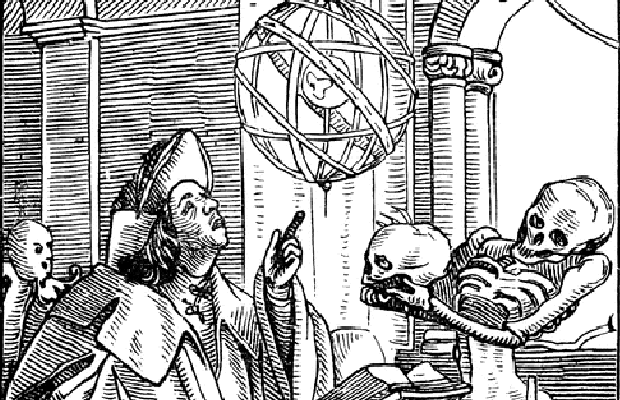 Since the dawn of consciousness, humans looked up to the heavens for guidance. Whether it’s a species memory of being descended from starfolk, yearning to go home, or embracing the principle of “As above, so below”, astrology’s indelible mark continues to influence our society. Even under the guise of astronomy, we seek our place in the universe in the hopes of better understanding our origins.
Since the dawn of consciousness, humans looked up to the heavens for guidance. Whether it’s a species memory of being descended from starfolk, yearning to go home, or embracing the principle of “As above, so below”, astrology’s indelible mark continues to influence our society. Even under the guise of astronomy, we seek our place in the universe in the hopes of better understanding our origins.
Astrology is the study of movements and relative positions of celestial bodies interpreted as having an influence on human affairs and the natural world.1 The field is much more than knowing Capricornians really don’t get along with Libras, but apprehending the relationships between celestial bodies.
Foremost among objects guiding our microcosm are the planets, or wanderers,2 once observed roaming the the heavens over the course of nights, even though constellations remain steadfast against the immutable celestial vault. Boy howdy, do they wander! As Earth moves along its orbit, relative to the rest of our solar system, planets will appear to go forward then start backtracking through the sky, before resuming their previous course. It doesn’t take a leap of logic to infer these lights embody an intelligence from seemingly-random perambulations. Over the millennia, since humans are clever, we understood the method to the madness of their paths, allowing ancients to predict their movements amidst constellations. Humanity also ascribed character to the planets, with Venus representing love, Mars’s association with violence, and so forth. The most powerful influencers being the sun and moon, simply because they’re the brightest.
Constellations are a group of stars forming a recognizable pattern that is traditionally named after its apparent form or identification with a mythological figure.3 These formations add another layer of meaning to the sky, each with its own defining personalities e.g. Scorpios being hypersexual and mentally unbalanced or Arieses being alpha male dudebros.
ADVERTISEMENT
 As if astrology wasn’t complex enough, knowing one’s time of birth effects one’s personality per astrological theory. Two people born with, for example, Jupiter in Cancer yet at different times and places, their psyches won’t be carbon copies. Ruling the heavens are astrological houses. They establish twelve divisions of the sky, based upon Earth’s rotation and the subject’s location, ruled by the geniuses of the zodiac.4 Leo being in the fifth house, which embodies everything about Leo, would reinforce those strengths and weaknesses. Coupled with a planet that happens to be passing through, they lend greater depth to the interpretation of a horoscope.
As if astrology wasn’t complex enough, knowing one’s time of birth effects one’s personality per astrological theory. Two people born with, for example, Jupiter in Cancer yet at different times and places, their psyches won’t be carbon copies. Ruling the heavens are astrological houses. They establish twelve divisions of the sky, based upon Earth’s rotation and the subject’s location, ruled by the geniuses of the zodiac.4 Leo being in the fifth house, which embodies everything about Leo, would reinforce those strengths and weaknesses. Coupled with a planet that happens to be passing through, they lend greater depth to the interpretation of a horoscope.
Horoscopes forecast a person’s future, based on the relative position of stars and planets at the time of an individual’s birth.5 It ain’t easy working up these charts, even with easy access to ephemerides6 facilitating one’s knowledge of the position of stars, signs, planets, and houses. By drawing up these charts, an astrologer will see even more relationships between the planets. Should planets be 90° apart, they’re square denoting a bad challenging aspect, while being trine, or 120° degrees apart, is a Good Thing™. On top of that, an astrologer must interpret the position of the planet in a sign, the house, in addition to its astrological aspect.
Whew!
All of these factors, even with an anachronistic understanding of twelve zodiacal signs and astrological houses, 6 planets, a sun, and a moon, illustrate how everyone is a special snowflake. Even twins, triplets, or octobabies since eppur si muove.7 With the sheer complexity of stellar divination, one can’t be surprised why most sane astrologers leave the number crunching and interpretation up to computers.
Yet if astrology can be a potent tool, like the twilight language, why are popular horoscopes bland and interchangeable?
Astrology is dead.
Whether the demise of astrology is due to a conspiracy by materialists hoping to snuff out any approach to find meaning in our lives, or sheer circumstance of technology, is up in the air.
Right now, orbiting the third rock from the sun are over 1,000 artificial satellites.8 Most of them can be seen, unaided, when their panels catch the sun’s glare at the right time and angles. If you have a smartphone, download Sputnik! for IOS, or SatTrack for Android, and give the apps a whirl. If the clouds are kind, you’ll see the flare arcing through the night. Artificial satellites have different kinds of orbits, like polar, geosynchronous, heliocentric, and a few others.
Joining this amalgamation of space junk are Trojan and Aten asteroids. The former occupy Lagrangian points9 in the orbit of a celestial object, while Aten asteroids cross Earth’s orbit every now and again spurring countless doomporn headlines. While rarely observed by lay astronomers, humanity knows they’re out there. The most notorious example is 99942 Apophis, due for a visit on April 13, 202910 where it shine at a magnitude 3.4 regardless if it passes through a ‘gravitational keyhole’. This gravitational keyhole is important, since if Apophis misses it then the potential for impact on April 13, 203611 is slim to none.
Light pollution is also a contributing factor to the weakening of astrology. If you live in the northern hemisphere, look to the south sometime in August. If you’re not out in the boondocks, you’ll see stars arranged in the shape of a teapot. This is the asterism which was once known as Sagittarius. With sufficiently dark skies, one can appreciate the full majesty of constellations which held ancients in awe. A sign which once represented a love of travel12, independence, and the freedom to choose has been flipped on its ear as a symbol of staying home, enjoying a cuppa, and muttering about those bleeding chavs with their loud American music. Cancer is nigh invisible, Leo is a faint, backwards question mark, and so forth. The symbolism has changed as the constellations are drowned out by our cities into mere asterisms.13
The glut of new information about the heavens keeps growing with modern astrologers foisting a thirteenth sign upon the world. Ophiuchus, the serpent bearer, allegedly holds sway between December 6th and December 31st. Uranus, Neptune, Pluto have already changed the face of astrology.
Astrology’s original complexities are now completely incomprehensible with the International Space Station, the Hubble telescope, the Black Knight, Apophis. The recent discovery of Eris, Sedna, Yuggoth, and many more bodies have rendered astrological charts pointless for divination.
Even with a crowdsourced beowulf cluster of supercomputers that’s constantly updated with the discoveries and ephemerides, there is such a thing as too much information, even outside of Twitter and personal blogs.
What’s your perspective? Let us know on Facebook, at Twitter, or in the comments below!
MORE GREAT STORIES FROM WEEK IN WEIRD:

http://www.oxforddictionaries.com/us/definition/american_english/astrology ↩
http://www.etymonline.com/index.php?term=planet ↩
http://www.oxforddictionaries.com/us/definition/american_english/constellation ↩
https://en.wikipedia.org/wiki/House_%28astrology%29 ↩
http://www.oxforddictionaries.com/us/definition/american_english/horoscope ↩
http://www.oxforddictionaries.com/us/definition/american_english/ephemeris ↩
And still it moves – Galileo Galilei ↩
http://www.universetoday.com/42198/how-many-satellites-in-space/ ↩
https://en.wikipedia.org/wiki/Lagrangian_point ↩
A Friday, no less! ↩
A Sunday, thank goodness! ↩
http://www.roadtrippers.com ↩
An asterism is also a group of stars that don’t correspond to the recognized constellations. Some, like the Big Dipper, are a subset of the stars in a larger constellation. https://physics.stackexchange.com/questions/25082/what-is-an-asterism-compared-to-a-constellation ↩




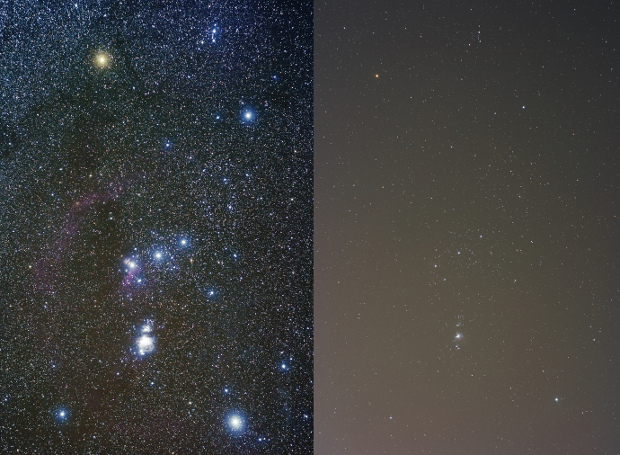


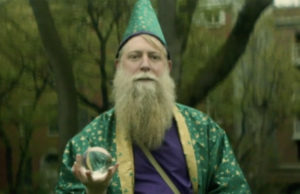
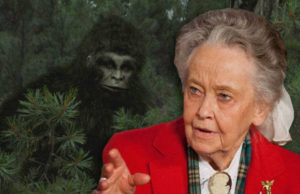

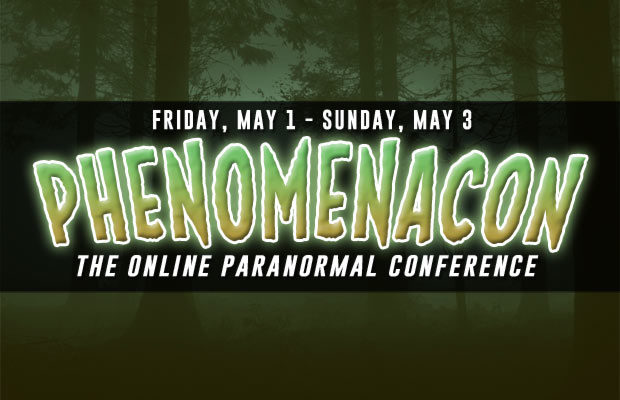




You must be logged in to post a comment Login